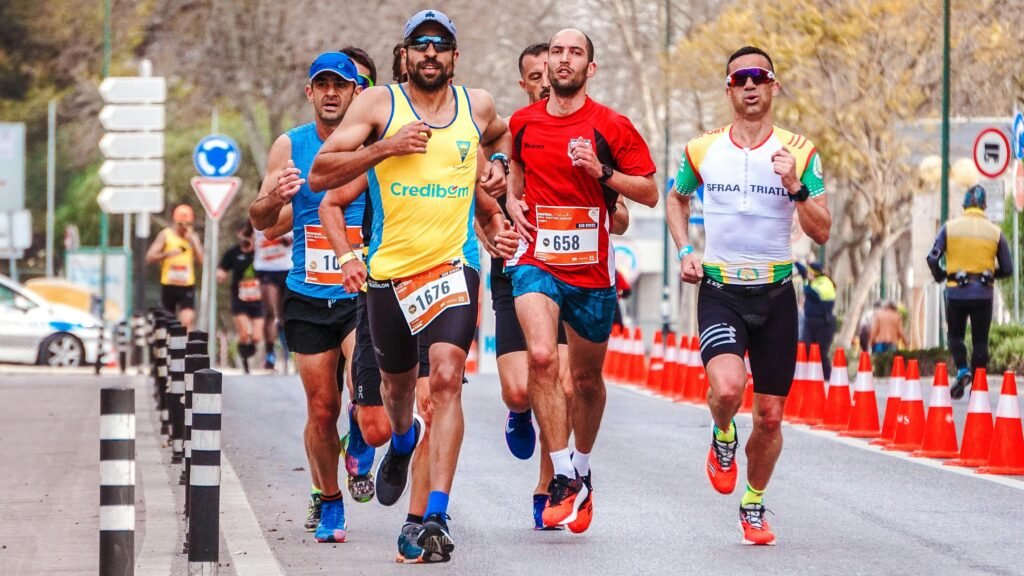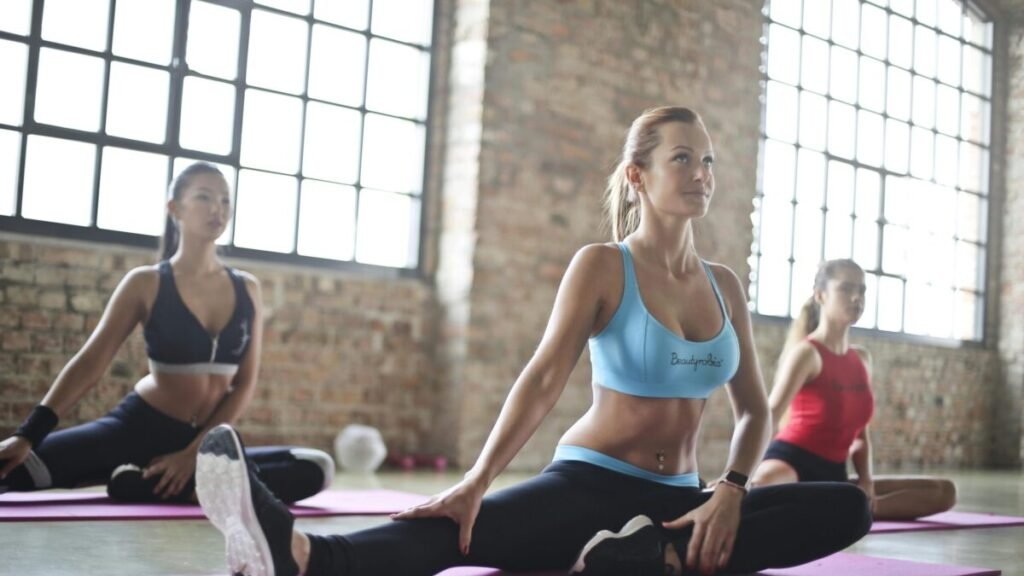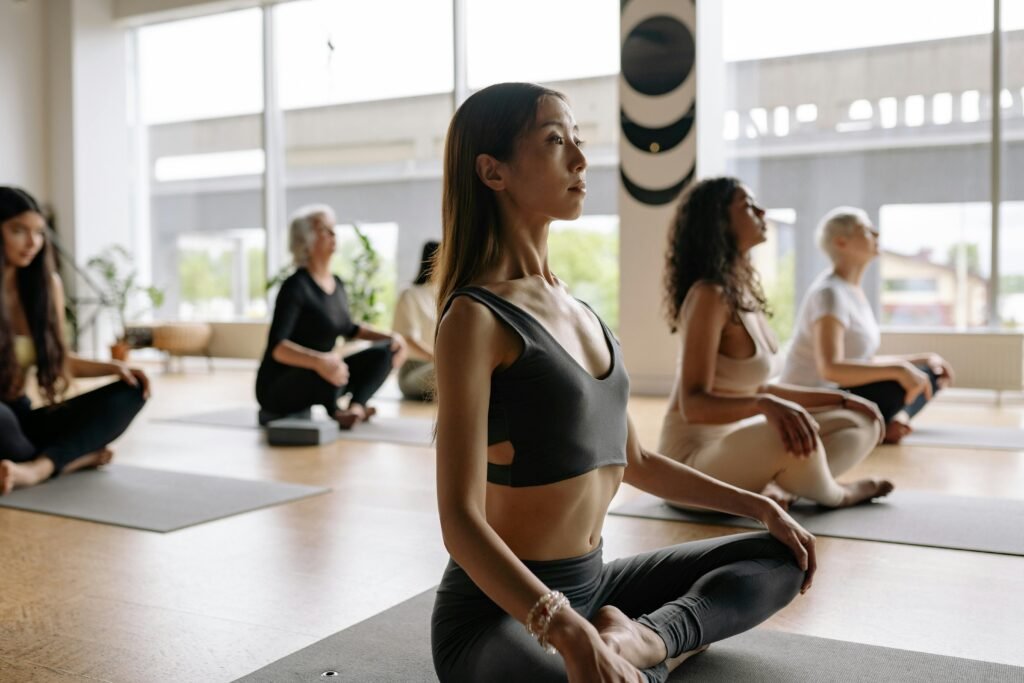
Walking vs Running: Which One Is Better for Your Health in 2025?
In today’s fast-paced world, fitness trends come and go, but walking and running remain two of the simplest and most effective forms of exercise. Both require no fancy equipment, can be done almost anywhere, and deliver powerful results for your body and mind. Yet one question still sparks endless debate: Is walking or running better for your health in 2025?
The answer depends on your goals, lifestyle, and physical condition. Let’s explore what science says, what fitness experts recommend, and how both can fit beautifully into your daily routine — even if you’re just starting your health journey.
1. The Basics: How Walking and Running Affect Your Body
At their core, both walking and running are aerobic exercises — they strengthen your heart, improve lung function, and boost circulation. The key difference lies in intensity.
• Walking is a low-impact activity that keeps your heart rate moderate and joints happy.
• Running, on the other hand, raises your heart rate faster, burns more calories in less time, and challenges your muscles more intensely.
Think of it like this: walking is like sipping a cup of tea slowly, while running is taking an espresso shot — both energize you, just in different ways.
2. Calories Burned: Which One Helps You Lose Weight Faster?
When it comes to weight loss, running generally wins — but not by as much as you might think.
• A 30-minute brisk walk (around 4 mph) burns roughly 150–200 calories, depending on your weight and speed.
• A 30-minute run can burn 300–450 calories or more.
However, walking allows you to sustain activity longer without fatigue, which can lead to more total calories burned throughout the day. Many people who can’t run due to knee or back pain find that daily walking helps them lose weight gradually — and keep it off.
Real-life example:
Eden, a 35-year-old office worker, began walking 45 minutes every morning before work. After six months, she lost 8 kg without any extreme dieting. “Running was too harsh on my knees,” she says, “but walking gave me consistency.”
3. Impact on Joints and Muscles
Running puts more pressure on your knees, ankles, and hips — up to three times your body weight with each stride. For healthy, younger adults, this can help strengthen bones and improve endurance.
But for older adults or anyone recovering from injury, walking is safer and easier to sustain long-term.
In 2025, fitness experts emphasize “sustainable fitness” — the kind of movement you can do every day for years. Walking wins here because it’s gentle, enjoyable, and low-risk.
Pro tip: If you love running but want to protect your joints, try run-walk intervals: alternate 2 minutes of jogging with 1 minute of brisk walking. You’ll get the best of both worlds.
4. Heart Health and Longevity
Numerous studies have shown that both walkers and runners enjoy longer lifespans than sedentary people. But the most interesting research in recent years shows the gap between walking and running is smaller than ever.
A 2023 study from the American Heart Association found that people who walk briskly for 30 minutes daily have nearly the same heart-health benefits as moderate runners who exercise for 15 minutes a day.
The key factor isn’t speed — it’s consistency.
So, whether you walk or run, what matters most is showing up daily.
5. Mental Health Benefits
Physical activity doesn’t just shape your body — it shapes your mind.
• Walking is known to reduce anxiety, improve focus, and enhance creativity. Many people use it as a moving meditation.
• Running, with its “runner’s high,” releases endorphins that boost mood and reduce symptoms of depression.
Real-life example:
A university student named Hana struggled with stress and sleeplessness during her final exams. She started taking 20-minute walks after dinner and noticed a big difference. “It cleared my head and helped me sleep better. Now, it’s part of my self-care routine.” In 2025, mental-wellness coaches even recommend “mindful walking” — focusing on your breathing, surroundings, and steps to calm your thoughts and improve mood.
6. Tech & AI: How Modern Tools Make It Easier
The rise of wearable tech and AI-powered apps has made staying active easier than ever.
• Smartwatches like Fitbit, Apple Watch, and Garmin track your steps, pace, and heart rate.
• AI fitness apps analyze your data and suggest when to increase intensity or take rest days.
• Google Fit and Samsung Health now offer personalized walking and running programs tailored to your fitness level.
Even virtual-reality workouts are trending in 2025 — imagine walking through digital forests or running along virtual beaches from the comfort of your home treadmill.
These tools don’t just motivate you; they also help prevent overtraining and burnout.
7. Which One Fits Your Lifestyle?
Here’s a quick comparison to help you decide:
| Goal | Best Option | Why |
|---|---|---|
| Lose weight fast | Running | Higher calorie burn |
| Build consistency | Walking | Low-impact and sustainable |
| Protect joints | Walking | Gentle on knees/hips |
| Boost endurance | Running | Challenges lungs & heart |
| Relieve stress | Walking | Encourages mindfulness |
| Save time | Running | Burns more in less time |
Still can’t decide? Try combining both! For instance:
• Walk in the morning to clear your mind.
• Run twice a week for cardio and strength.
This mix keeps things balanced and enjoyable.
8. Tips to Get Started (Even If You’re a Beginner)
1. Start slow. Walk 15 minutes a day for a week, then gradually increase your duration or intensity.
2. Wear proper shoes. The right footwear prevents injuries and adds comfort.
3. Warm up and cool down. Light stretching helps prevent cramps and soreness.
4. Track progress. Use apps like Strava or Pacer to stay motivated.
5. Set realistic goals. Instead of focusing on speed, aim for consistency — like 10,000 steps per day or 150 minutes of movement per week.
Remember: the best exercise isn’t the hardest one — it’s the one you’ll stick with.
9. Real-World Inspiration
In communities across the world, walking clubs and running groups are bringing people together.
In Nairobi, “Morning Striders” meet every weekend to walk 5 km around the park, chatting and supporting each other’s goals.
In London, tech workers use “run breaks” instead of coffee breaks, running short laps to refresh their minds before returning to their desks.
These shared activities remind us that movement isn’t just about fitness — it’s about connection.
Final Thoughts
So, which is better — walking or running?
The truth is, both can transform your health, as long as you do them regularly and enjoy the process.
If you’re looking for something gentle yet powerful, start walking daily.
If you crave more challenge and faster results, go for a jog or run.
And if you really want the best of both, mix them according to how your body feels.
In the end, movement is medicine — and the best kind is the one that fits seamlessly into your life.


